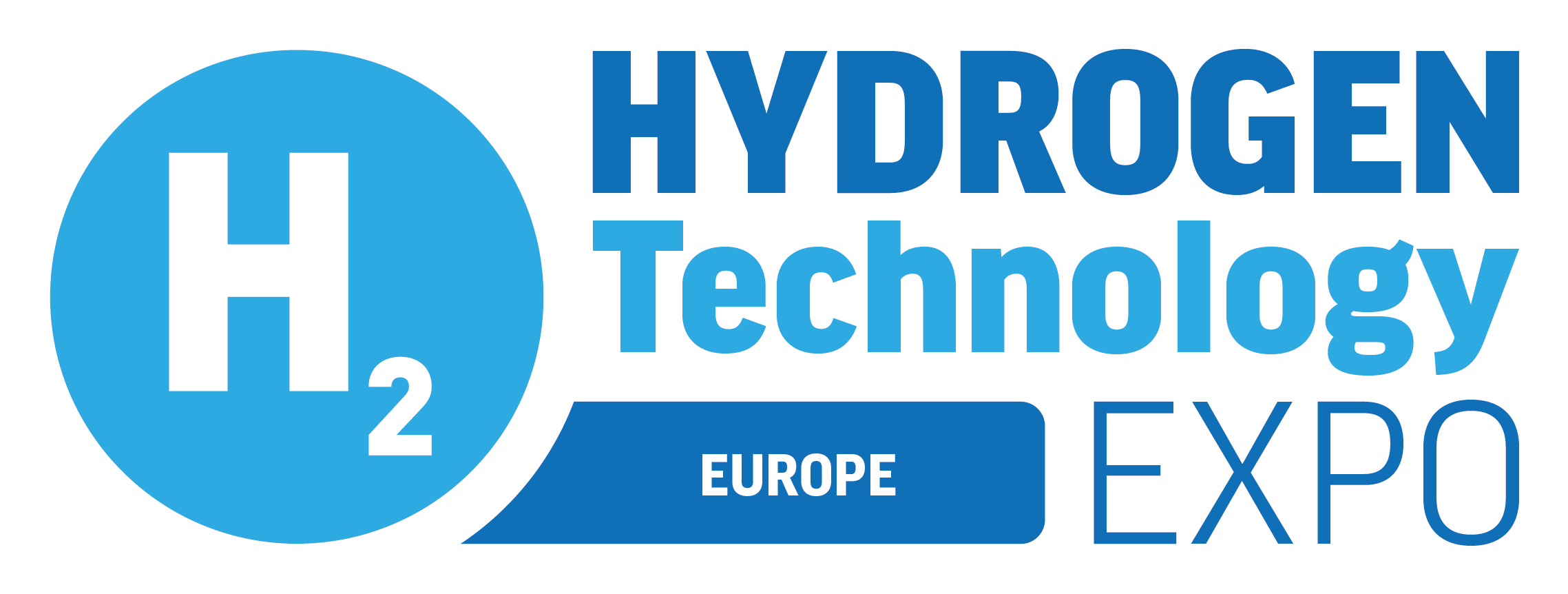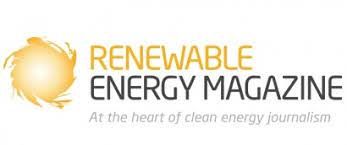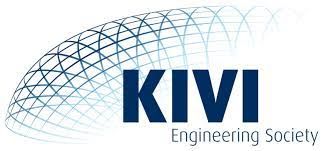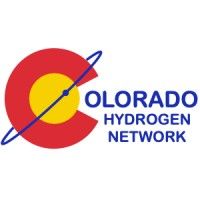Driving Connectivity
)
When you think of a service station, you automatically think of a forecourt equipped with fully-functioning dispensers, secure payment terminals, and a well-stocked c-store complete with deals and offers leveraged by loyalty programmes. In theory, you’d be correct; however, technological advancements, changes in consumer behaviour, and new trends within the fuel retail and convenience industry are all reasons why today’s forecourt owners need to look beyond investing in products and solutions that perform on their own, and instead, create a forecourt equipped with products and solutions that work and communicate with each other.
When you think of a service station, you automatically think of a forecourt equipped with fully-functioning dispensers, secure payment terminals, and a well-stocked c-store complete with deals and offers leveraged by loyalty programmes. In theory, you’d be correct; however, technological advancements, changes in consumer behaviour, and new trends within the fuel retail and convenience industry are all reasons why today’s forecourt owners need to look beyond investing in products and solutions that perform on their own, and instead, create a forecourt equipped with products and solutions that work and communicate with each other.
Making connections between forecourt equipment – conventional / clean energy dispensers to payment and loyalty systems or tank gauging solutions to your wetstock management system – can add credible value to a fuel retail business and enhance overall success.
What is a Connected Forecourt?
Simply put, a connected forecourt is a future-ready forecourt.
If you were to search for the definition of connectivity, you’d see ‘brought together or into contact’, which also means associate, combine, join, link, relate, unite. So, when we reference the connected forecourt, we mean ensuring all products, solutions, and services are not only available and installed at a service station but also completely connected.
A connected forecourt allows retailers to take control of all service station equipment, leverage a better experience for consumers, and enhance the overall future position of a fuel retail business. In fact, a connected forecourt can help bring unrivalled functionality to a service station, whether to seamlessly bridge the gap between clean energy dispensers and EV charging systems to the entire forecourt offering or improve end-to-end site management to ensure instances of fuel loss are identified quickly. Connectivity makes fuel retail businesses stronger.
“The role of the service station is really transitioning into a mobility hub. And that brings up the term the connected forecourt,” commented Raf Tormans, DFS Senior Product Management Manager. “A connected forecourt, I think, can be described as a combination of hardware and software solutions that exchange data to improve both the customer journey, and at the same time, increase the operational efficiency of the fuel station.”
The goal as a station owner should not only be to increase sales and bring traffic to the forecourt, but to also ensure data relating to those sales is captured accurately and used efficiently to improve the entire station offering, so it’s ready to meet the consumer demands of tomorrow.
Is Creating a Connected Forecourt Complicated?
Creating a connected forecourt is not complicated or difficult. Even the most basic forecourt equipment has connectivity capabilities. It comes down to what retailers want to do with their service station and equipment and what level of investment they are willing to make.
Connectivity, and in turn, digitalization of a forecourt has serious potential to create operational efficiencies, improve retailer knowledge of consumer needs, and ultimately save costs long-term. Connecting a forecourt is not overly complicated; however, it should be done in stages.
𝗦𝘁𝗮𝗴𝗲 𝗢𝗻𝗲: 𝗜𝗻𝘃𝗲𝘀𝘁𝗺𝗲𝗻𝘁 𝗗𝗲𝗰𝗶𝘀𝗶𝗼𝗻𝘀
The success of a connected forecourt ultimately depends on the real-time data exchange between various pieces of equipment, systems, and technologies on site. This starts with investigating customer needs and expectations and aligning these with commercial objectives, e.g. do they want digital payments, are they (also) EV drivers, do they like real-time discounts? Once you have this information, you can determine the level of investment required and select the right equipment and technologies to build a connected forecourt.
𝗦𝘁𝗮𝗴𝗲 𝗧𝘄𝗼: 𝗖𝗼𝗻𝗻𝗲𝗰𝘁𝗶𝗻𝗴 𝗙𝘂𝗻𝗱𝗮𝗺𝗲𝗻𝘁𝗮𝗹𝘀
Next, retailers/forecourt owners need to look at the core services/operations of the service station, e.g. wetstock management, tank gauging, payment, dispensing equipment etc. Ensuring all these fundamentals are connected and can communicate with each other is half of the battle, as once they are connected, they provide retailers with a comprehensive overview of their entire forecourt operation. This level of connectivity also enables retailers to stay in control of their service station at all times, whether in-person or remotely.
𝗦𝘁𝗮𝗴𝗲 𝗧𝗵𝗿𝗲𝗲: 𝗜𝗻𝘁𝗿𝗼𝗱𝘂𝗰𝗶𝗻𝗴 𝗔𝗱𝗱𝗶𝘁𝗶𝗼𝗻𝗮𝗹 𝗦𝗲𝗿𝘃𝗶𝗰𝗲𝘀
As the world slowly transitions energy use, due to decarbonization and global net zero goals, service stations have the opportunity to diversify and capitalize on a whole new customer base. This allows retailers to ensure their service station remains relevant to consumers who no longer refuel with petrol or diesel; however, service stations must account for how they can connect these new energy types – EV chargers and clean energy dispensers – to existing forecourt infrastructure. A connected forecourt will support the better management of such offerings and enable retailers to have a full overview of what is happening across the entire forecourt, regardless of energy type or preferred payment method, so they can optimize the customer journey from start to finish.
How Can a Connected Forecourt Benefit Fuel Retailers and Motorists?
The success of a connected forecourt is highly dependent on the exchange of data between the various systems and pieces of equipment that exist on a fuel retail site. It's essential to align consumer expectations with fuel retailers’ commercial objectives, while increasing efficiencies throughout the service station. These efficiencies, in turn, will make it easier for retailers to successfully manage business operations, while making the overall refueling experience better for motorists, e.g. enabling fuel payments and c-store orders to be streamlined straight to the point-of-sale (POS) system, while leveraging media to advertise loyalty and utilizing important customer data for repeat visits.
Not only will a connected forecourt automate business operations with little human intervention, it will also positively impact service station throughput and safety. Predictive maintenance to prevent station downtime is one of the key benefits of a connected forecourt, meaning site managers can see what equipment is working and can proactively avoid losing additional refueling opportunities. This helps boost the bottom line of a service station while helping to keep motorists happy, so they won’t fall victim to queuing for an “out of service” dispenser.
Safety is also an essential part of the connected forecourt, as camera systems and other devices can be linked to back-office systems to ensure retailers can detect potential problems or dangerous situations. This also applies to safety underground, in terms of wetstock management and tank gauging systems. If properly connected, these systems can communicate with each other to prevent and identify potential leaks to ground, ensuring a site remains compliant while providing a safe experience for motorists when they enter the forecourt.
With enhanced connectivity, a forecourt can meet or even exceed customer expectations of convenience and innovation. Digital solutions support forecourts in establishing a smooth customer journey. For example, the ability to accept various payment methods (bank/fleet/credit cards, cash, mobile “tap to pay”) for all energy dispensers, including EV chargers, makes the refueling or charging process stress-free for consumers. This enables drivers to efficiently perform the tasks they need to move on with their journey, such as rapidly refilling or easily paying for fuel, adding to the expected convenience while on the forecourt. An interconnected triad of vital activities can support forecourt owners who want to go one step further to offer adjacent services and new retail experiences to a more demanding clientele.
The fuel retail and convenience industry has always been advanced in terms of payment technology and wetstock management, as both areas require a high level of connectivity to various systems on-site as well as remotely off-site; however, consumers and retailers alike will start to see a higher degree of connectivity between more and more pieces of equipment as retailers move towards IoT (internet of things) forecourt integration.
This will lead to an enhanced experience for consumers, as forecourt equipment will run better with increased uptime, as fuel retailers can actively monitor dispenser diagnostics while utilizing data to provide tailored offers and loyalty programmes advertised direct at the dispenser through high-quality media screens.
Think connected forecourt and think convenience.
Useful Links
https://www.doverfuelingsolutions.com/solutions/site-efficiency
https://www.doverfuelingsolutions.com/products/secure-payment




)
)
)
)
)
)
)
)
)
)
)
)
)
)
)
)
)
)
)
)
)
)
)
)
)
)
)
)
)
)
)
)

)
)
)
)
)
)
)
)
)
)
)
)
)


)
)
)
)
)
)
)
)
)
)
)
)

)

)
)
)
)
)
)

)
)
)
)
)
)
)
)
)
)
)
)
)


)
